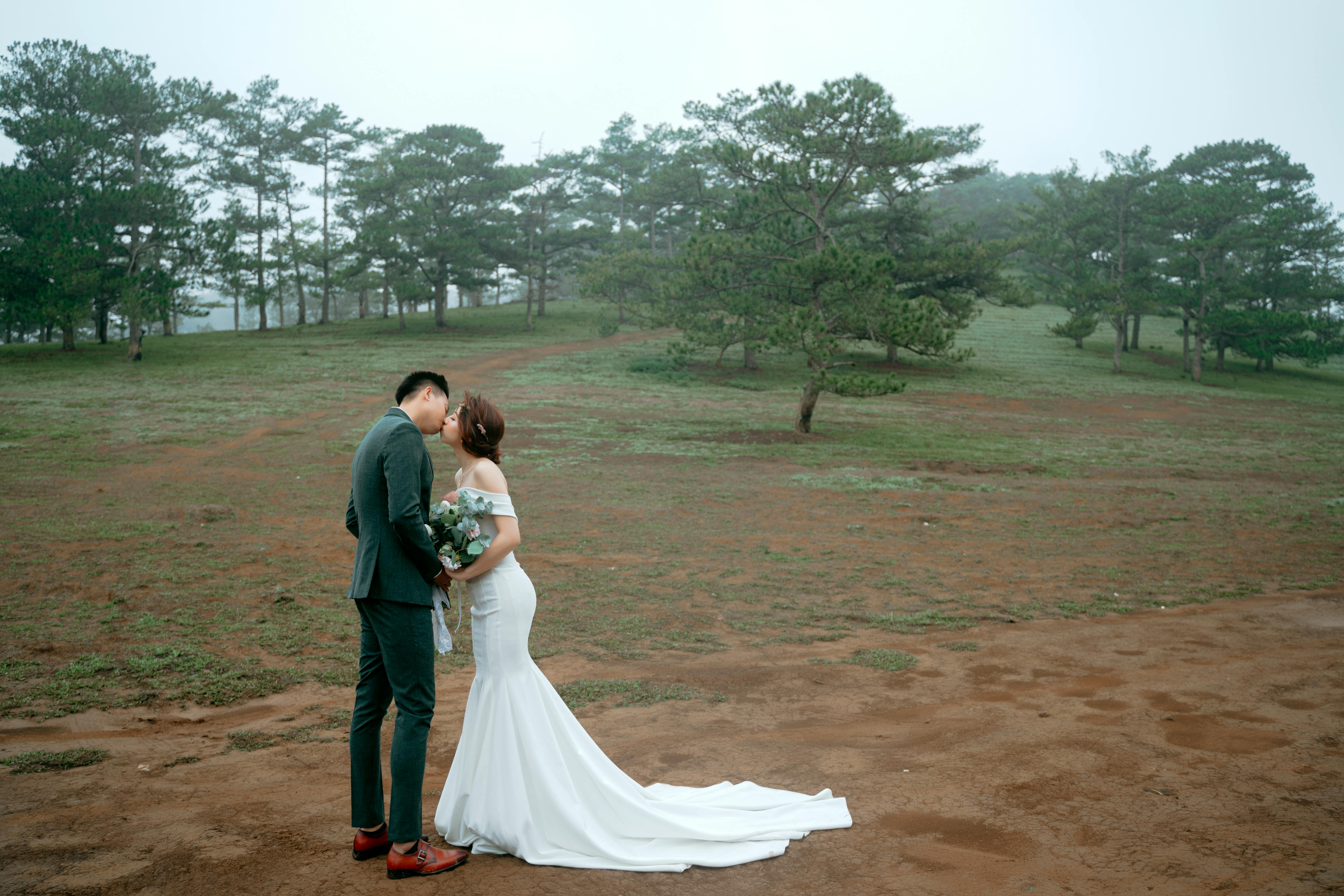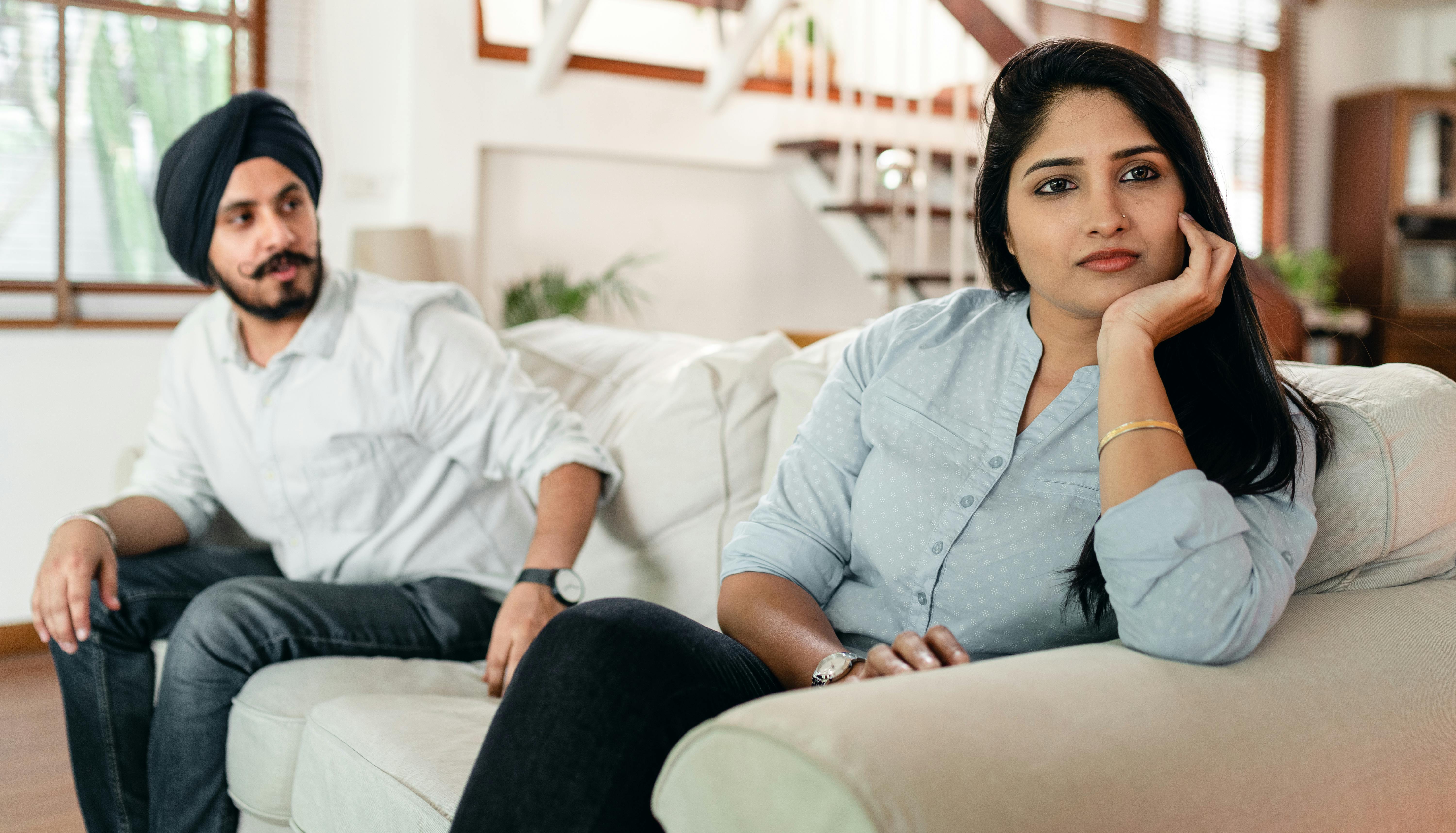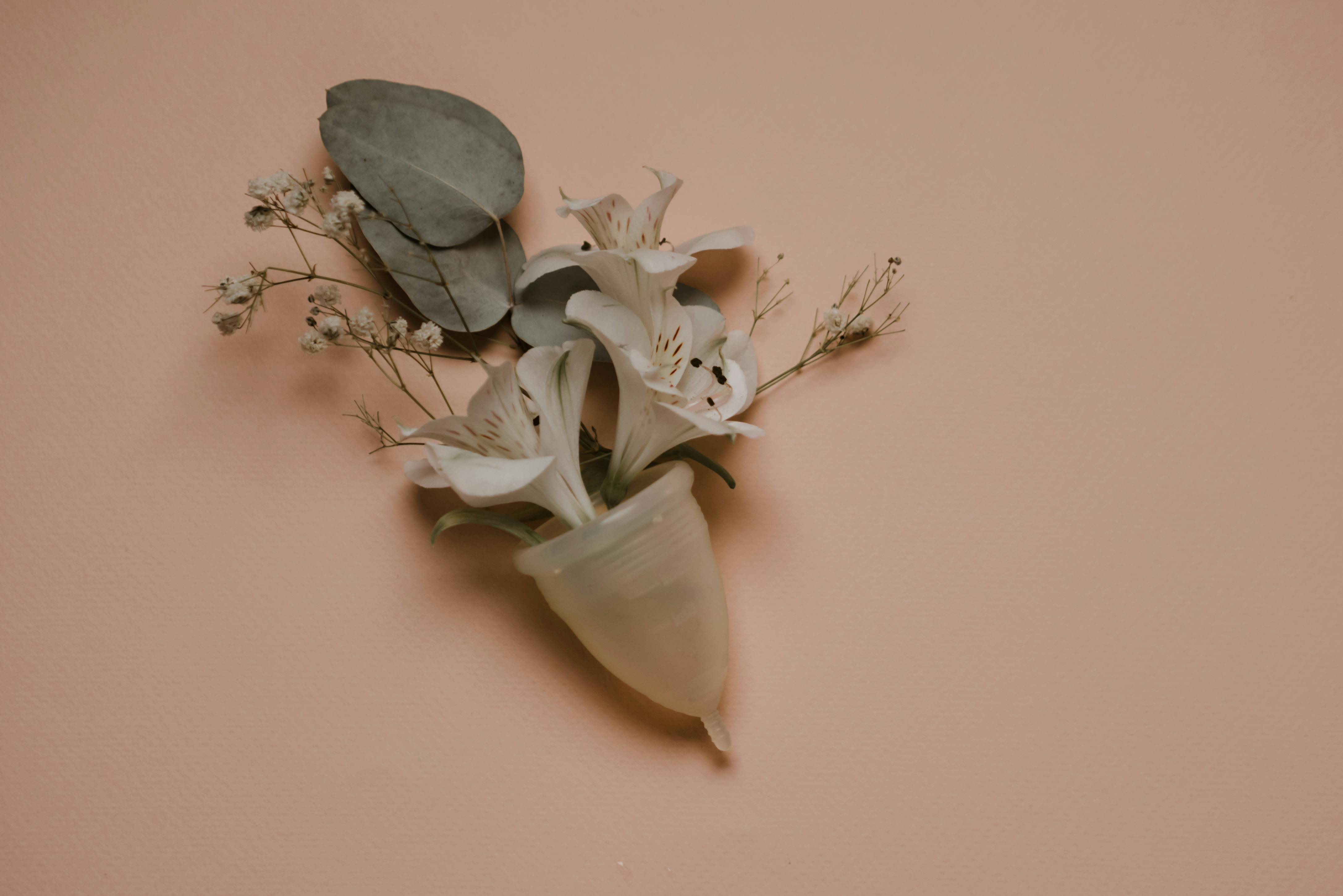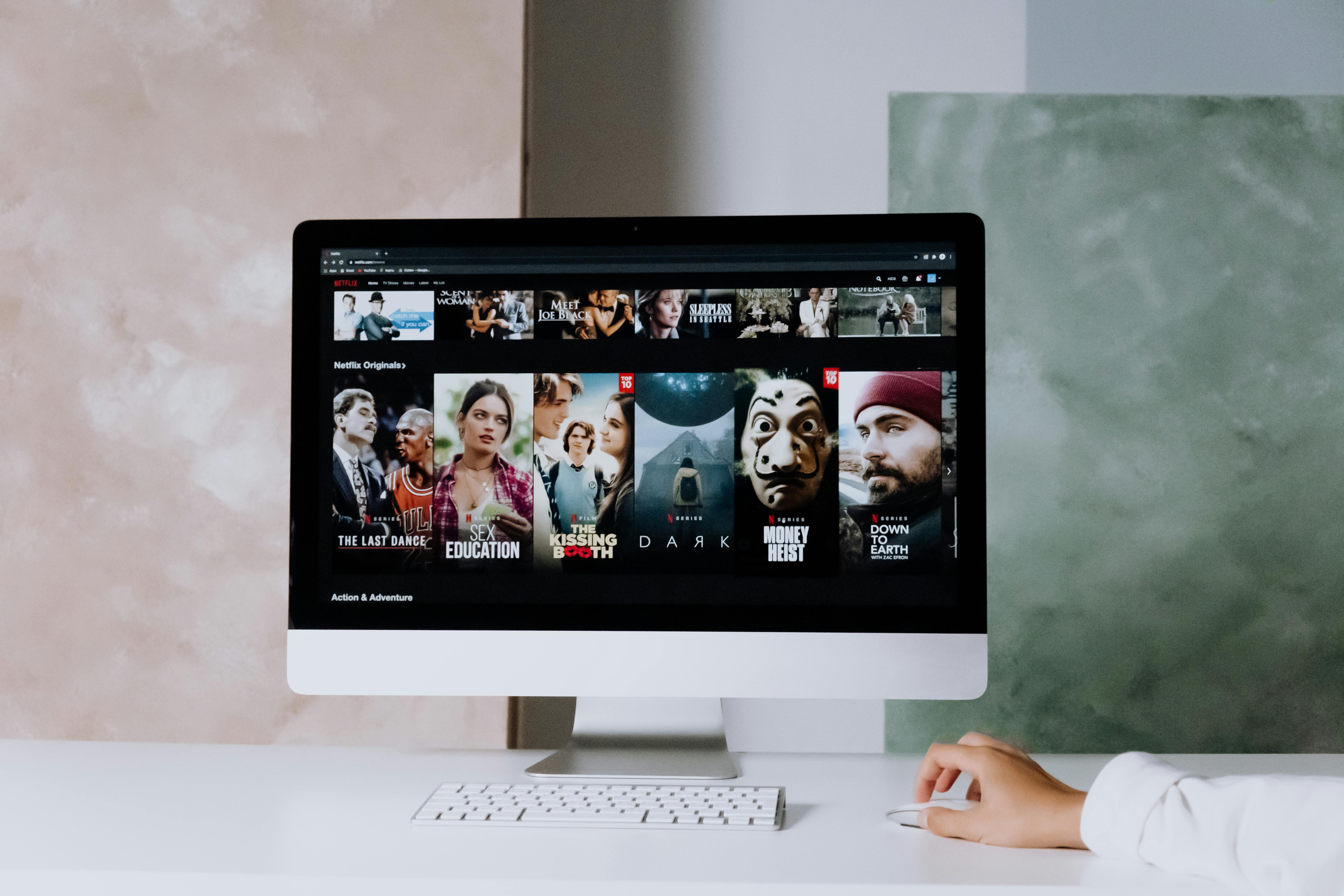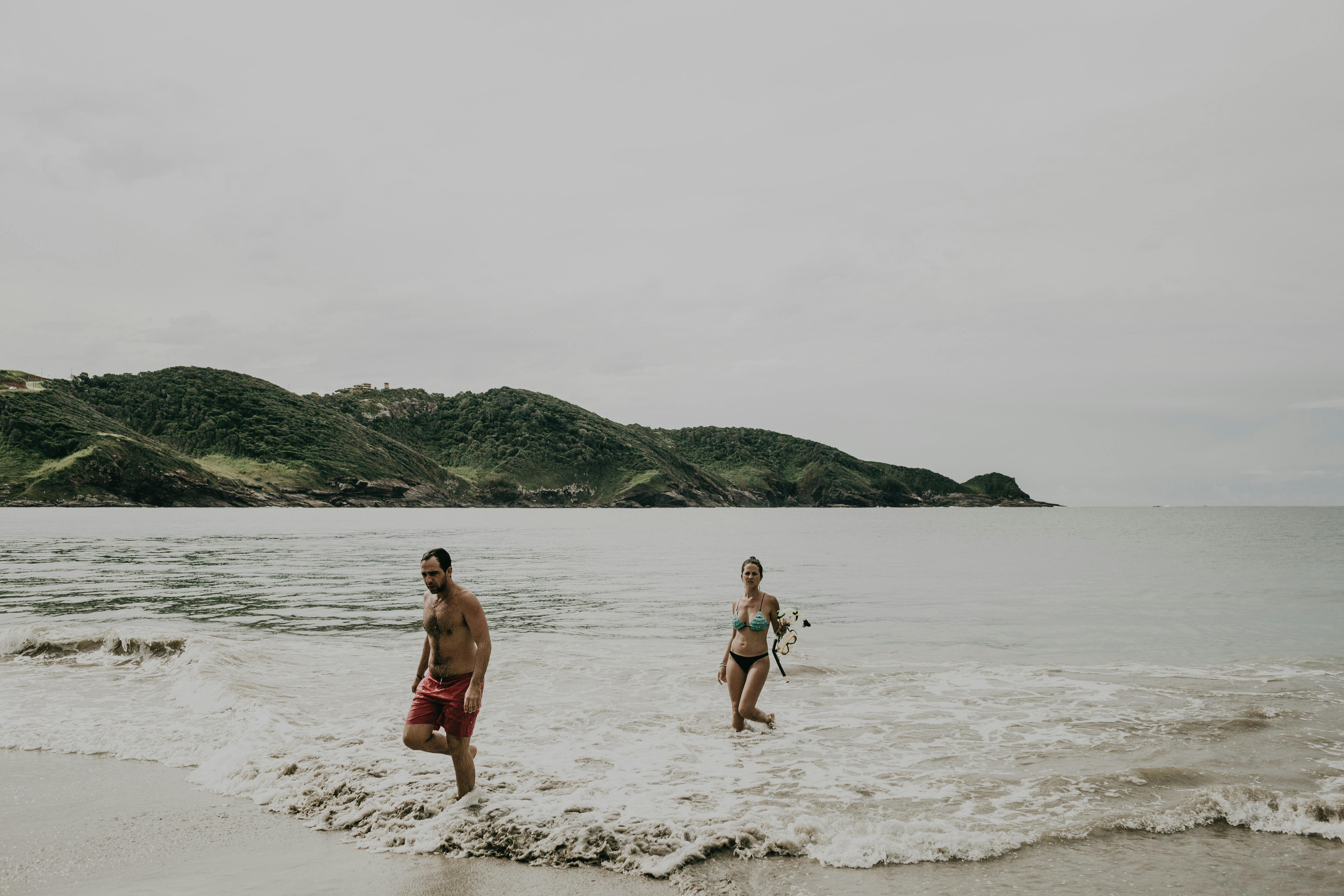
Dog 101 Potty Training
Potty training requires patience and commitment to achieve the goal of instilling good biological habits in your dog. In this way, both can coexist healthily in a clean home. Once your pet is house trained, this will reduce stress levels for you, your family and your dog.
When to start dog potty training
In general, you can take puppies from breeders when they are around seven weeks old. Ideally, you should begin potty training when your furry friend arrives at your house. This is because if the dog relieves himself without supervision, you will have more work to change the place. A dog is attracted to the same place because of the smell. This means that if he doesn’t like that place, he should wash that area well with an enzymatic cleaner and spray with air fresheners so that the odor doesn’t activate and his pet returns to the place.
The time it would take for a dog to learn to go to the bathroom depends on each case, since it can range from a few weeks to a few months. The factors that influence the duration are as follows.
- dog breed
- dog age
- Dog potty training history (for rescued dogs)
- Potty Training Methods
Recommended Routines
Below are some recommended routines for house training dogs.
- Feed your dog at consistent regular intervals. This would lead to regular excretion times. While the reason for removing the puppy’s food without eating after 10 minutes is different from the puppy’s feeding patterns, this act will also help gauge the next potty break time.
- Take the puppy outside at regular intervals. Take it out first thing in the morning. Take it immediately after each meal, as puppies tend to poop soon after a meal. Take him out regularly like every two hours for a two month old puppy. If he is sleeping, let him continue sleeping and take him out when he wakes up. Before retiring for the night, take it out.
- Guide him to the same place. Use a leash to lead the dog to the area.
- Use short, simple words to encourage the process of excrement. However, don’t rush it. Remember that even puppies can feel your energy.
- Praise him when he has completed his mission of pooping in the same place. You’ll need to stay with him so he can provide an instant fix by saying “No” if he tries to go to another area. The praise should be provided instantly so you can associate what you were rewarded for.
- Remove the water bowl when the puppy goes to sleep. This is especially important for puppies that sleep in cages because puppies don’t really want to poop and sleep in the same place.
Potty Training Guidelines for Dogs
Confine your puppy to give him more control. This can be done by placing them in a cage or enclosure or by having them on a leash and securing the leash.
Knowing the duration of the lockdown is important to avoid contracting bladder infections and unknowingly inflicting unnecessary cruelty. In general, a puppy’s bladder control improves by an additional hour each month. This means that a two-month-old puppy can go without relieving her for two hours.
Even following the routines correctly, there will be times when your dog could have an accident. If this happens, don’t yell and punish the puppy. Dragging the pup to the crash site and yelling at him wouldn’t work, since he isn’t old enough to realize what he did wrong.
If a dog does not urinate or defecate in the house for two months, it is considered domesticated.


